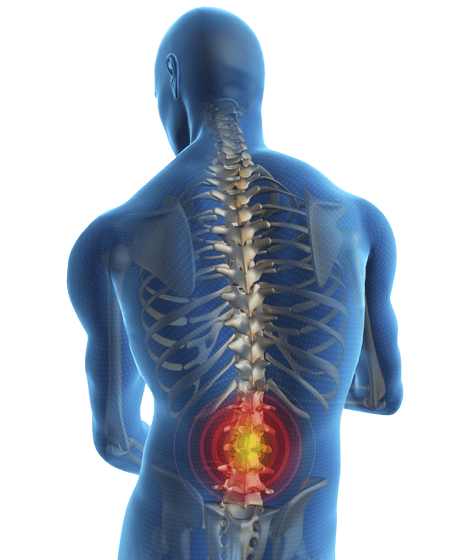
How Do I Know If I Have Lower Back Pain?
As people age, bones and muscles start to deteriorate. The shock absorbing benefit of intervertebral discs begins to fade as they break down, making spinal disc issues a concern. Together, these issues can result in lower back pain ranging from a dull ache to radiating pain.
Common Symptoms of Lower Back Pain
- Common symptoms include:
- Numbness
- Tingling
- Dull to severe range of pain
Common Causes of Lower Back Pain
- The most common conditions that cause lower back pain include:
- Radiculopathy: injured, strained or inflamed nerves in the lower back.
- Spinal Stenosis: pressure on the spinal cord from a narrowing spinal canal.
- Sciatica: compression of the sciatic nerve causing pain along the nerve path.
- Disc Degenerative Disease: breaking down of spinal discs from wear-and tear of the spine and back.
- Herniated Discs: the soft center of the disc leaks outside of the outer layer, pressing on nearby nerves.
- Pinched Nerve: pressure or compression of a nerve as it exits the spinal column
- Facet Joint Disease: degeneration of joints in the spine
- A sedentary lifestyle
- Obesity
- Smoking
How is Lower Back Pain Treated?
To treat lower back pain, a spine specialist will need to determine the underlying condition that is causing your pain. There are a variety of diagnostic methods to pinpoint exactly where your lower back pain is coming from, such as:
- Magnetic resonance imaging
- X-Rays
- Ultrasounds
- Visual examinations
